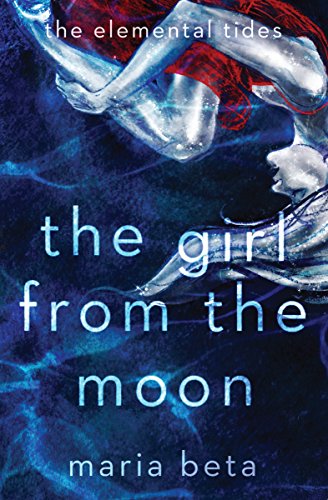
When modern authors peer into the future, it often seems that humanity’s destiny is bleak. The Girl from the Moon, the new novel by Maria Beta, is no exception to this trend. After the ozone layer collapses and global society begins to crumble under the weight of human neglect, science must step in to save the species. Constructing a massive artificial shield to block the earth and mimic an atmosphere is a bandage for a bullet wound, however, and life is far from serene.
Cate and Victoria Weelah, the daughters of the scientist who originally created Earth’s protective layer – the Aurean Shield – are some of the main characters in this incredibly detailed and creative novel. They are brought from Europa, a moon of Jupiter and the site of a human colony when they are only children, returning to a dying planet that they have never known – Earth.
This unique premise in itself requires an impressive level of world building, which Beta does not fail to deliver. Despite being set so far in the future, the advanced technology and intricate details of humanity’s continued existence are believable and well thought-out. There are fantastical and sci-fi moments galore, but the humanness of the characters shines through, making the plight of the protagonists engaging and relatable.
Amidst political intrigue, cross-planetary rivalries and a planet in turmoil, Cate and Victoria begin to discover that they never knew the whole truth about their childhood, nor about their parents, and they are catapulted into the global spotlight after it is revealed that they are different than the majority of the population… they are Alliafied. Cate isn’t like other humans, which makes her both a target and a source of interest for otherworldly visitors. As she existentially wrestles with doubts about her own identity, she realizes that she may hold the key to humanity’s future, if she can only figure out how to use it.
While the plot is unpredictable and meticulously constructed, the quality of the writing slips in certain places, ranging from unrealistic dialogue to overly simplistic explanations for key story developments. Beta spends a great deal of time constructing the relationships between characters, which does make it easy to sink into the world and invest in the players, but it does pull the momentum down in some places. There is also a fair amount of philosophical reflection within the narrative, which is understandable, given the bizarre shape of this projected future, but again, the narrative flow is uneven in some of these sections.
For a novel as ambitious as this one, the plot is relatively easy to follow and the characters are richly developed; they are what drive the story, rather than heavy-handed or outlandish sci-fi elements. By incorporating complex family dynamics, discussions of societal belonging, environmental issues, extraterrestrial encounters, and the fate of humanity among the stars, this sprawling book delves into the realm of imagination, but also grounds itself in recognizable issues that are relevant to readers today.
Overall, this is an epic and creative work of post-apocalyptic science fiction. Many sci-fi authors present their dystopian vision, but overlook the fact that humans are complex and curious creatures who are prone to self-reflection; Maria Beta shows these self-aware aspects in subtle and organic ways that pull readers in from the start.
Book Links
STAR RATING
Design
Content
Editing
Get an Editorial Review | Get Amazon Sales & Reviews | Get Edited | Get Beta Readers | Enter the SPR Book Awards | Other Marketing Services



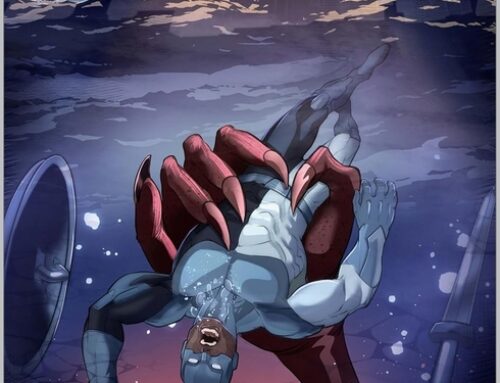



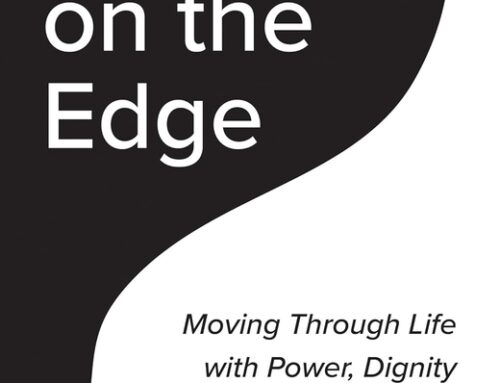
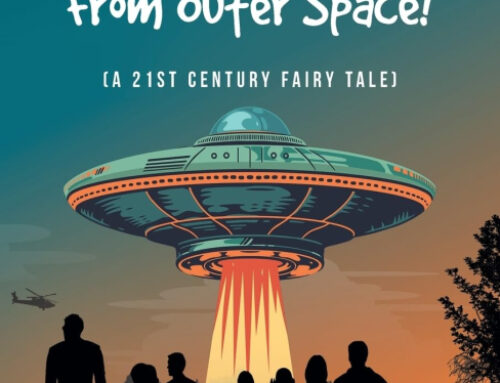


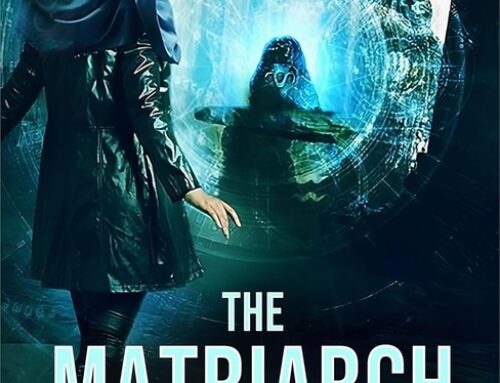




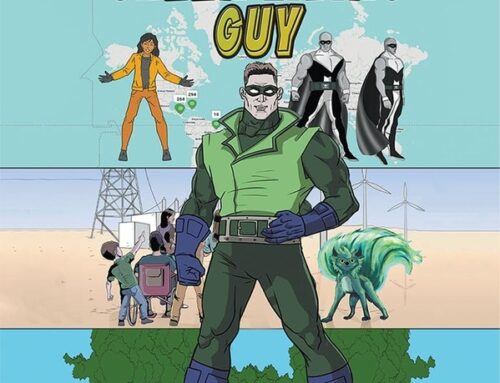
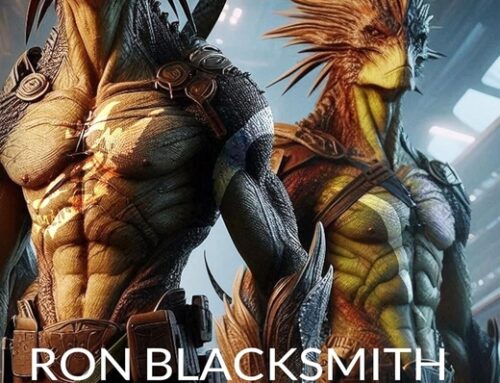

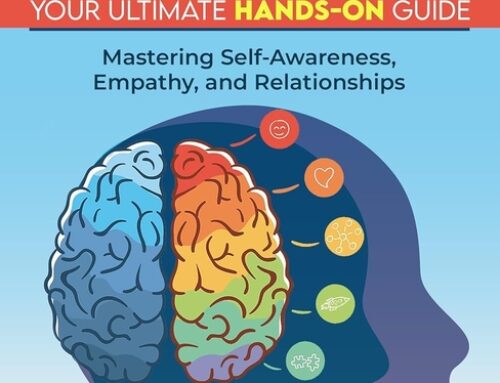
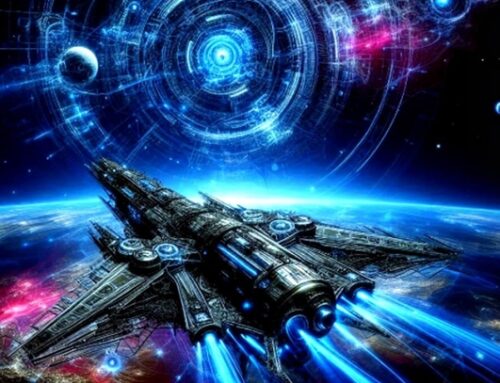
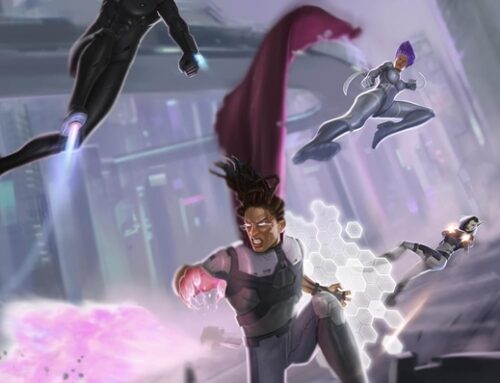

Leave A Comment